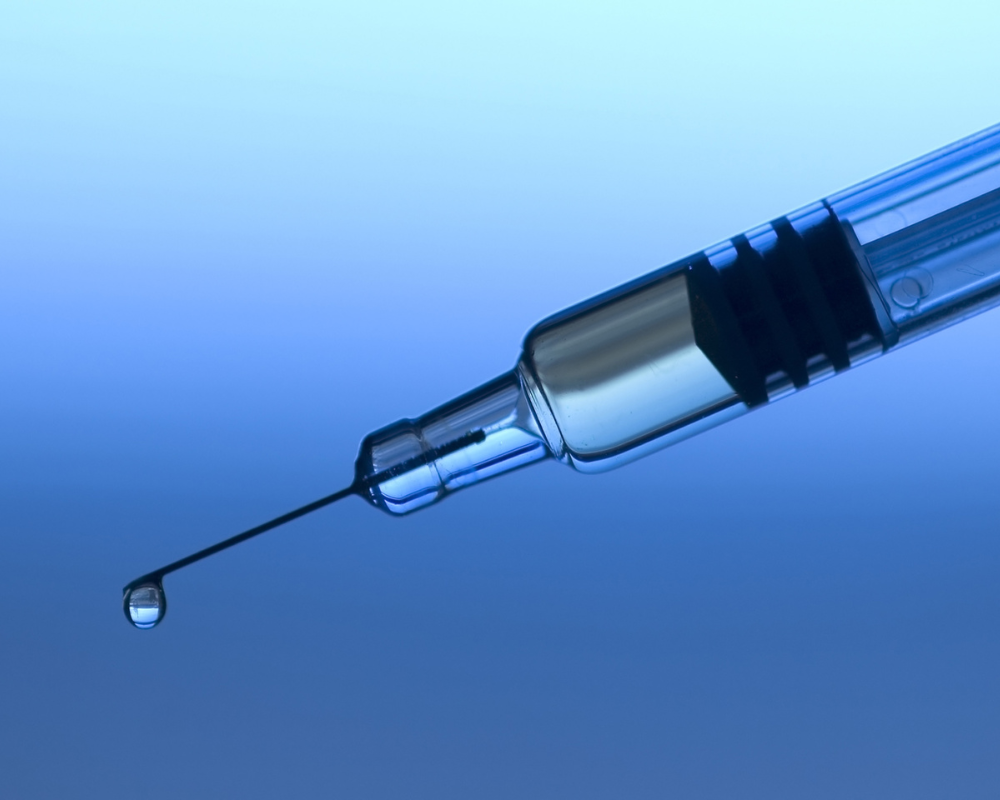Toyota Scientists May Have Found a Way to Extend EV Battery Life
Toyota scientists may have found a way to extend EV battery life with a simple injection, allowing lithium-ion batteries to be revitalized in-place.
One of the major challenges related to the adoption of electric propulsion systems in boats is the need to replace the batteries as they age – a tricky refit considering their optimal placement is low in the hull, where they are likely to be difficult to access.
Researchers in Japan, led by scientists from Toyota’s Central R&D lab in Aichi, believe they may have found an easy way to deal with exhausted EV batteries without having to remove them from the vehicle. Rather, they’ve developed a process to simply reload lithium-ion batteries with new internal chemistry that can extend their service life – the engineering equivalent of giving them a mid-afternoon shot of espresso to get through a long day.
Batteries become less efficient as they age because they lose charged particles that store energy. The Toyota team were able to successfully restore a variety of worn batteries in a laboratory testing by injecting a proprietary recovery agent. That injection triggers a chemical reaction inside the battery which produces a fresh crop of lithium ions and electrons, the two types of charged particles that enable the cell to store power.
By regenerating these particles, the researchers were able to restore a wide range of test batteries to an average of 80% of their original capacity, and maintain that level of performance for in excess of 100 charging cycles.
Best of all, their single-step process allow an EV battery to be restored in-situ, eliminating the need to remove it from the vehicle.
The Toyota group have filed a patent application on their process and revitalizing agent, which has already attracted considerable interest from potential partners in both the public and private sector. The researchers caution that while their initial results are promising, further testing to determine optimal chemical mixes and the repeatability of the process are still required.
“Anything getting us closer to circularity in battery technology – in particular something that avoids disassembly and reassembly – is very exciting news,” said Massachusetts Institute of Technology materials science and engineering professor, Rafael Gómez-Bombarelli. “It is likely that this wouldn’t work for an indefinite number of cycles, so other technologies requiring disassembly will still be necessary. But this seems technologically very promising.”
